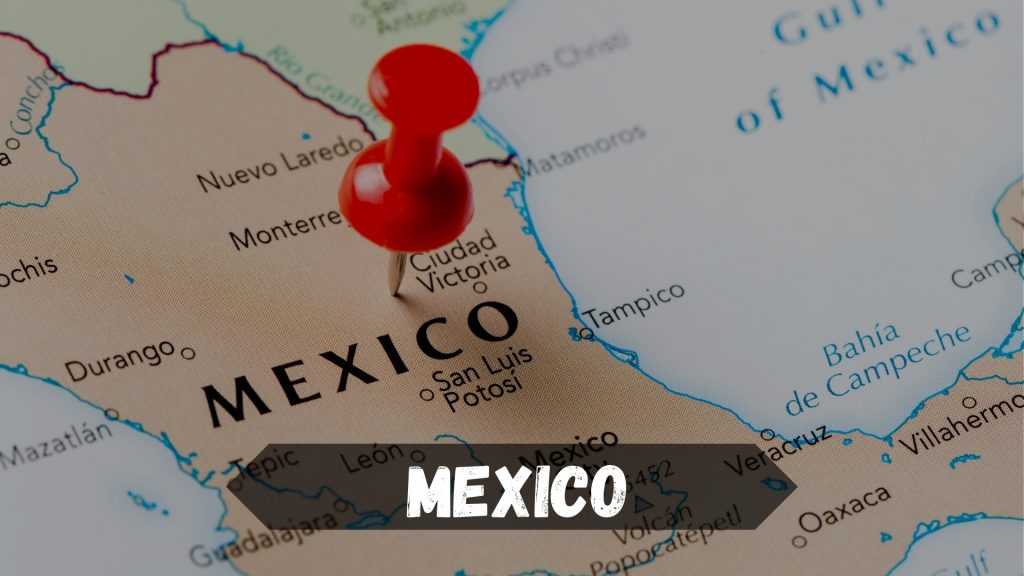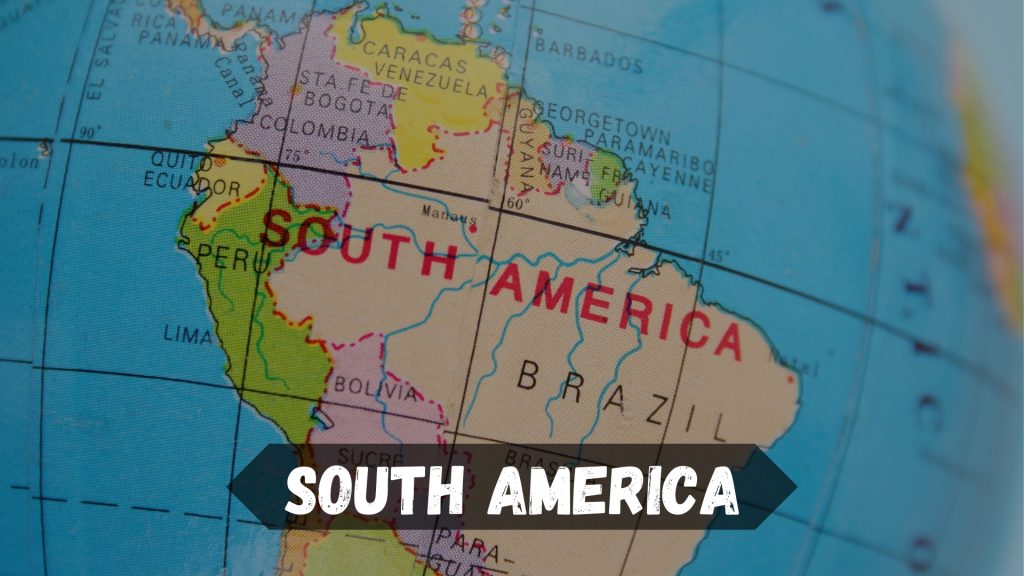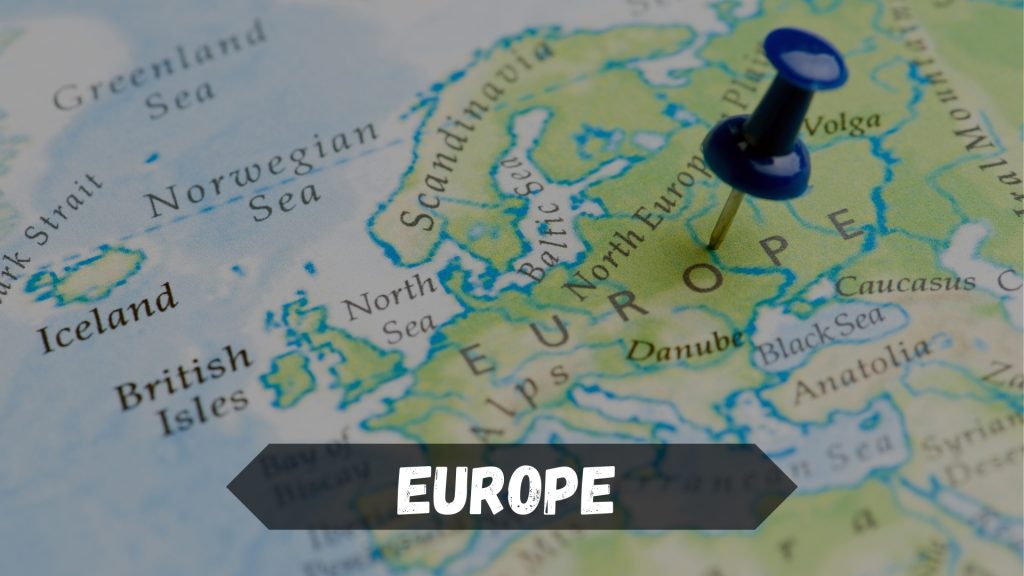Looking at a map of countries where Spanish is spoken shows how widespread the language is. It’s everywhere from Spain’s busy streets to the wide-open spaces of Argentina, and even in places you wouldn’t expect, like Equatorial Guinea.
But the map doesn’t tell you everything. It doesn’t show how Spanish sounds different in each place or the special ways each country uses the language. Knowing these details helps us see more than just a map; it helps us understand how language ties into who we are.
What else might we learn if we dig into these differences? What can they tell us about the wider world that speaks Spanish?
Spanish-Speaking Countries
Spanish is the main language in twenty countries, mostly in Latin America and Europe. These include places like Argentina, Bolivia, and Chile, as well as Colombia and many others. In Europe, people mostly speak Spanish in Spain. It’s also used in Equatorial Guinea in Africa.
🌎 North America:

- Mexico (Largest Spanish-speaking population)
🌎 Central America:
- Guatemala
- El Salvador
- Honduras
- Nicaragua
- Costa Rica
- Panama
🌎 Caribbean:
- Cuba
- Dominican Republic
- Puerto Rico (A territory of the United States where Spanish is the primary language)
🌎 South America:

- Colombia (Known for its clear Spanish)
- Venezuela
- Ecuador
- Peru
- Bolivia
- Paraguay
- Chile
- Argentina (Distinct Italian-influenced accent)
- Uruguay
🌍 Europe:

- Spain (The birthplace of the Spanish language)
🌍 Africa:
- Equatorial Guinea (The only Spanish-speaking country in Africa)
The Ultimate Guide to Spanish Color Names.
Varieties in Present Day Spain
In today’s Spain, several languages are spoken, each with its own local flavor. These aren’t just different ways of speaking Spanish; some, like Catalan, Galician, and Basque, are entirely different languages.
Each one is officially recognized in its region. This variety shows just how diverse Spain’s culture is.
Northern Peninsular Spanish
People in northern Spain speak clearly and pronounce most sounds fully. The accent is crisp, and speech tends to be slower compared to the south.
Key Features:
- The “s” is always pronounced.
- The “c” and “z” sound like “th” (gracias → grathias).
- Words are spoken fully and clearly without dropping letters.
Example Words & Phrases:
- “House” → Casa (spoken clearly)
- “Thank you” → Grathias (with the “th” sound)
- “Madrid” → Madrrid (rolling the “r”)
Southern Peninsular Spanish
The south of Spain, especially Andalusia, is known for its fast, relaxed way of speaking. People often drop or soften certain letters, making words flow together.
Key Features:
- The “s” at the end of words is often dropped (gracias → graciah).
- The “d” in words like “cansado” (tired) becomes “cansao”.
- Some words are shortened or blended together in conversation.
Example Words & Phrases:
- “House” → Caha (instead of Casa, dropping the “s”)
- “Tired” → Cansao (instead of Cansado)
- “Little boy” → Illo (instead of Chico)
Canary Islands Spanish
The Canary Islands have a Spanish accent that sounds more like Latin America than mainland Spain. Their way of speaking is smooth and melodic.
Key Features:
- The “s” is pronounced softly, but not dropped.
- The “c” and “z” are pronounced like “s” (gracias → grasias).
- Words sound more relaxed and flowing.
Example Words & Phrases:
- “Thank you” → Grasias (instead of Grathias)
- “Boy” → Pibe (instead of Chico, like in Argentina)
- “You are” → Ustedes son (instead of Vosotros sois, like in Latin America)
Unlock the Mystery of Spanish Verb Moods: Indicative vs. Subjunctive.
Conclusion
The map showing Spanish-speaking countries really highlights how widespread the Spanish language is. It starts in Spain and stretches across many countries in Latin America, and even reaches into Africa.
Spanish links these diverse places and cultures together. This common language helps them share cultural ties and makes it easier for them to communicate and work together.
Twenty countries mainly speak Spanish as their main or official language.
Discover the Joy of Learning Languages with Lingua Viva!
Carolina is a charming and lively member of Lingua Viva with 11+ years of teaching experience. She loves to teach students appropriate ways to communicate effectively in Spanish without the fear of making mistakes. She holds a professional teaching license and has a graduate degree with emphasis in Foreign Language.











